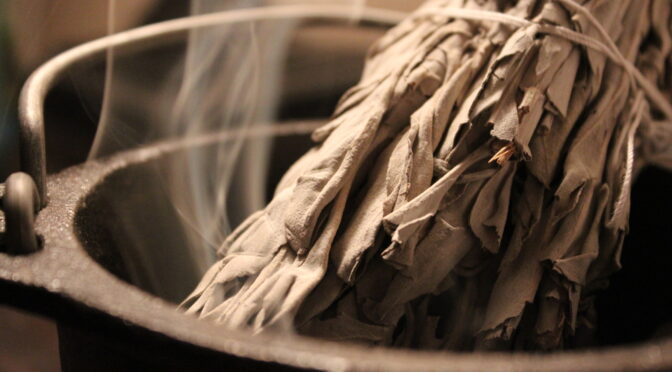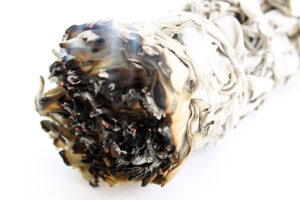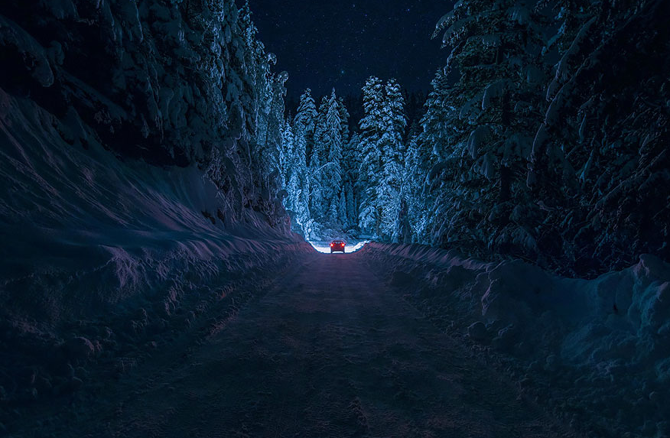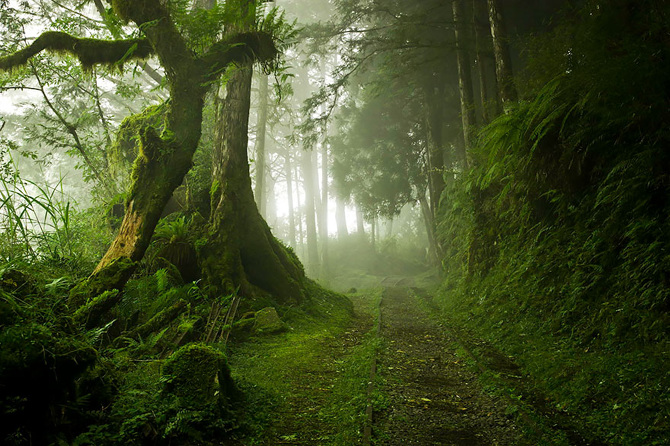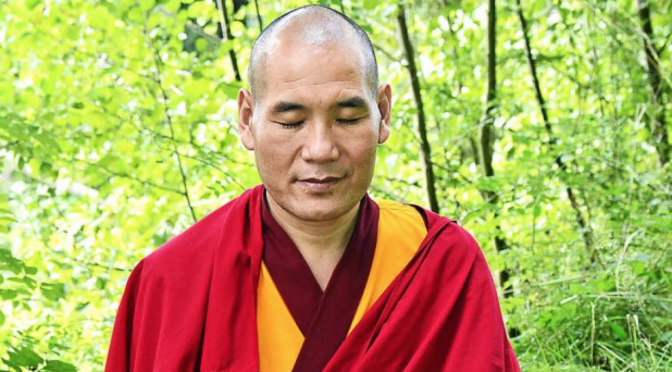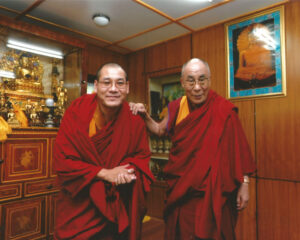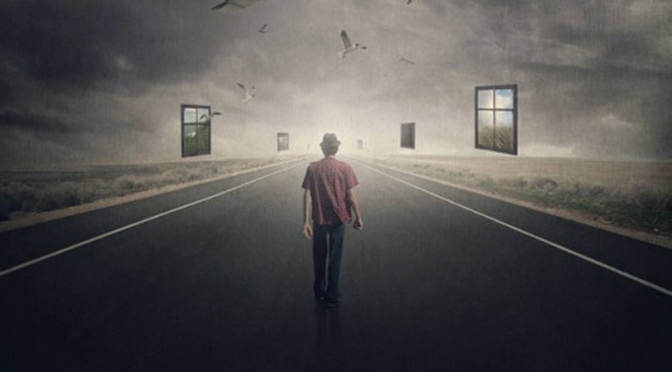Some people make us feel really good just by looking at them. This works in the opposite, of course, with people you just ‘don’t have a good feeling about.’
As experiments in the realm of our auras are conducted, we come across some truly remarkable results that also just make sense. Dr. Konstantin Korotkov has done research in this field, and found that the human aura continues to change for about three days after death.
Your Aura Can’t Be Hidden
Everything in this world that seems material is essentially energy. As such, these living beings and objects will exhibit an aura, which is a field of energy around you.
No matter what face you put on, it will show the ‘real you’ to those that know how to see it. Continue reading



